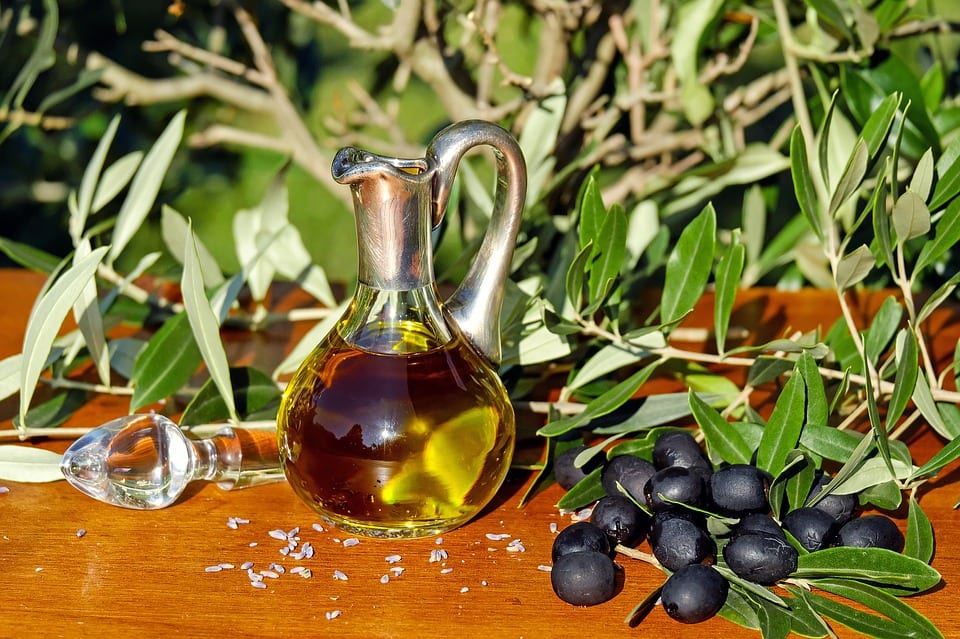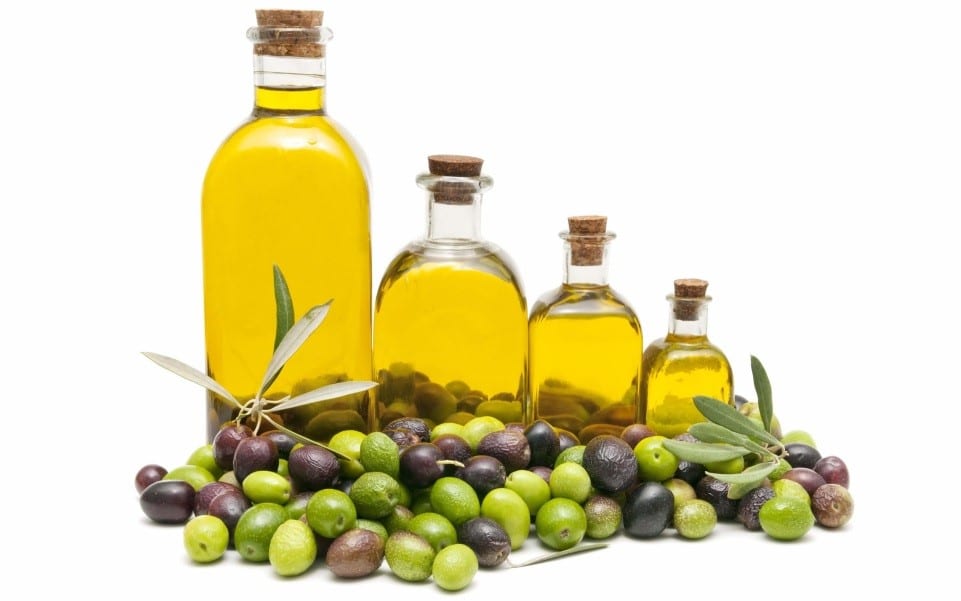
Did you know that Spain produces 40% of the world’s olives? We hear from everywhere that olives and olive oil are healthy and that we should use and eat as much as we can. Let me tell you about all the advantages and tell you some interesting facts. Whilst you are here take advantage of the time you have to discover your favourite type and particular olive flavour.
A Potted History
The olive originated in Syria and quickly spread from Palestine and Iran to the Mediterranean around 6,000 years ago by the Phoenicians. It is the oldest known cultivated tree in the world. It has numerous mentions in the Bible and also by many ancient Greek writers and philosophers. It was the symbol of goodness and purity, and the tree itself symbolises peace and happiness. The Olympic Games Crown was originally made from olive leaves.
The trees can grow to 20-40 feet high, and the fruits do not begin to grow until the trees reach 4-8 years old. The olive flowers are small, white and have wonderful scent. The bark is also used to craft artisan products.
Types of Olives
Did you know that 35 types of olives exist? The most important types in terms of eating olives are: Spanish, Sevillian, Sicilian, Greek, or “Picholine” (small French olives) – these varieties tend to be water or salt-cured but there is even the Californian olive which is known as the “artificial ripening” type. The Spanish olive is the most popular and yields 60% of the world’s table olives.
Olives are categorised by the degree of ripeness achieved before harvesting:
- Green olives: these are young olives picked when they reach full size but before the ripening cycle has commenced
- Semi-rip or turning-colour olives: these are picked at the beginning of the ripening cycle. At the time when the green hue turns to a multi-colour red/brown. At this point in the cycle only the colour of the skin has changed during the ripening process.
- Black olives are fully matured, ripe olives: they are picked at full maturity when the olive is fully ripe. The colour can vary between dark purple and black.

Health benefits
Olives and olive oil have great health benefits derived from eating olive based products or simply apply it to your skin. Some of the benefits are:
- Regulating your cholesterol levels
- Keeping your bones and joints healthy – as they are rich in Vitamin D, calcium, phosphorus
- Aiding digestion
- Improved condition of your hair and skin
- Warding off illnesses – as they are rich in antioxidants
- Helping to improve some sight problems
- Acting an anti- inflammatory
Visit an olive farm
If time permits we can highly recommend a visit to an olive farm in Spain. We think you will find this an unforgettable experience. There are several different types of tour on offer – a farm tour which starts with breakfast at the farm, a visit to an olive processing plant, half or whole day tours.
Here are a couple of our favourites:
- Oleum Viride – this is located in the Sierra Mountains in Cadiz which is approximately a 2 hours’ drive from Gibraltar
- Foodie & Tours – which offer similar tours but in Granada which is approximately a 3 hours’ drive from Gibraltar



